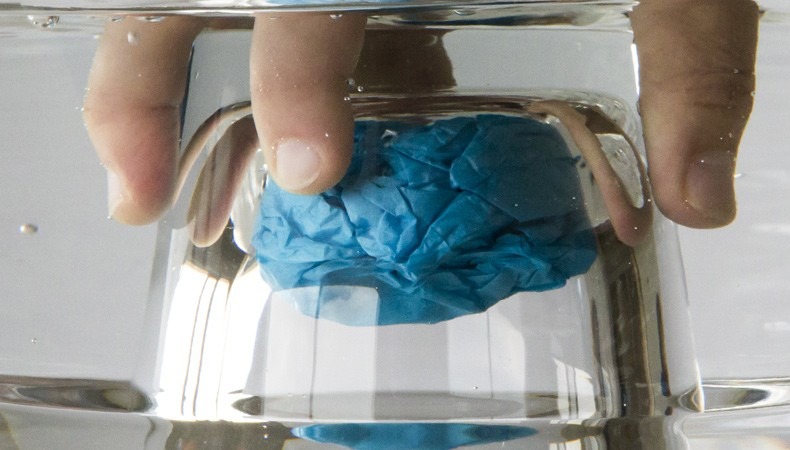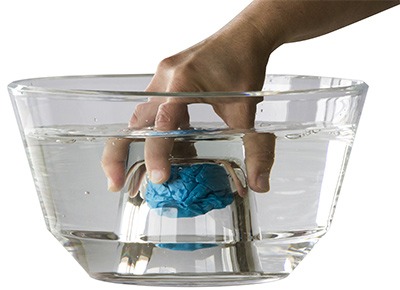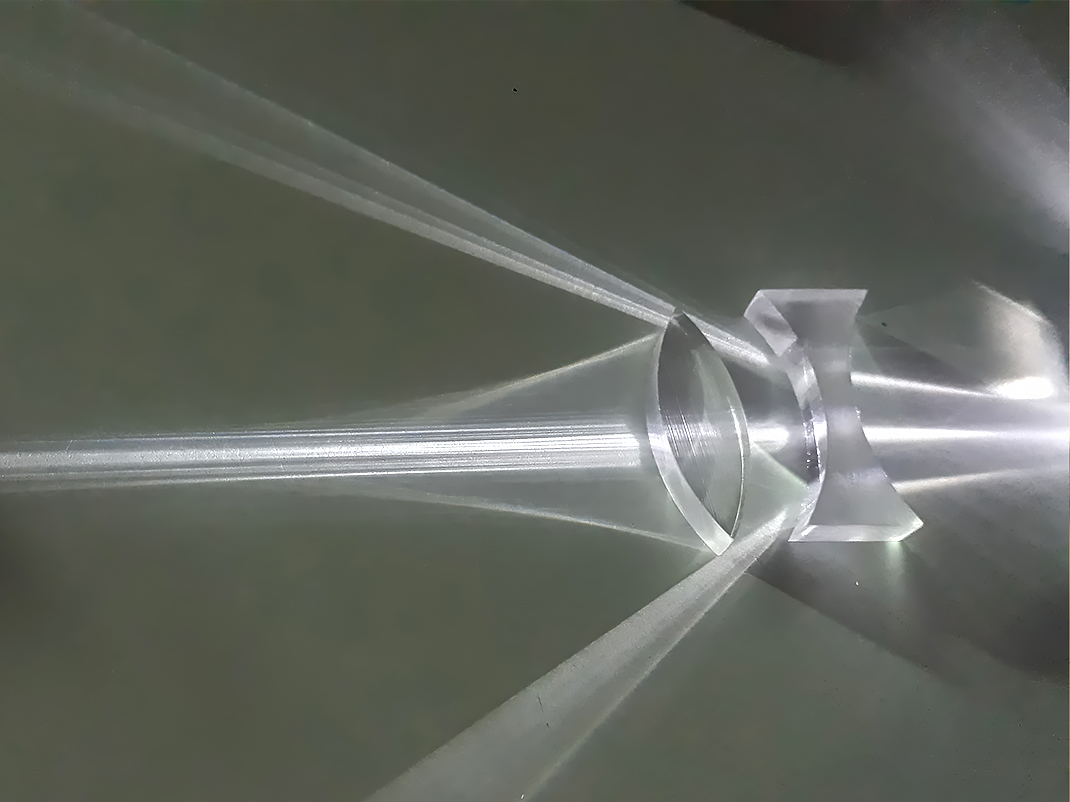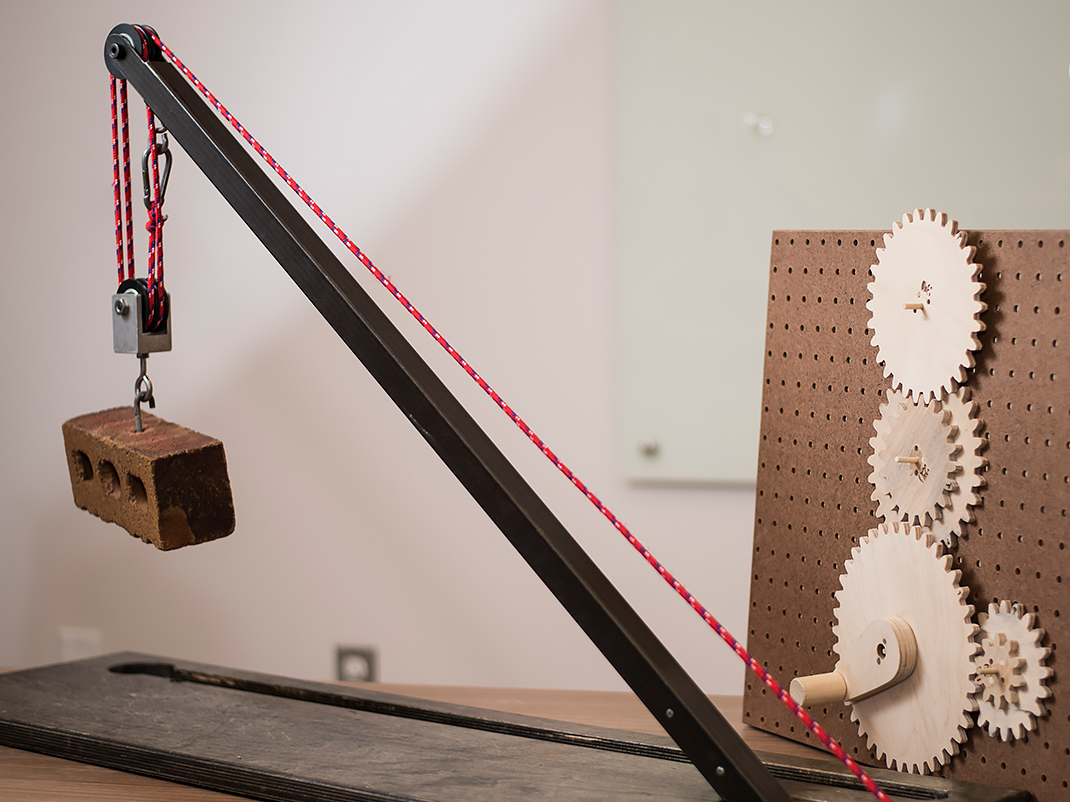Napkin in water
Grades 2 and 6 (Ontario)
Elementary cycle 2 (Quebec)
If you’ve got budding magicians in your class, this is the experiment that requires few materials is made for them!

Share :
Curriculum links
Grade 2
Science and technology: Understanding earth and space systems
- Air and water in the environment
- Investigate, through experimentation, the characteristics of air
- Investigate, through experimentation, the characteristics of water
Grade 6
Science and technology: Understanding structures and mechanisms
- Flight
- Use scientific inquiry/experimentation skills to investigate the properties of air
Elementary cycle 2
Science and technology: Earth and space
- Matter
- Properties and characteristics of matter on Earth
- Soil, water and air
- Properties and characteristics of matter on Earth
Materials
- A small, clear bowl or other similar container
- A clear drinking glass (plastic is fine)
- Water
- Coloured tissue paper
- A towel or paper towels
Procedure
- Fill the bowl or container with water.
- Scrunch up the tissue paper, and insert it in the drinking glass.
- Turn the glass upside down, and quickly plunge it into the aquarium, pushing it all the way to the bottom.
- Hold it in place as long as desired.
- Remove the drinking glass.
- Examine the tissue paper.
Tip: When removing the drinking glass from the water, pull it straight up and wipe it off with the towel so that drips don’t get onto the tissue paper as you turn it over.

Suggestions for art activities
If you’ve got budding magicians in your class, this is the experiment for them! Once they’ve mastered the experiment, have them work on performing it as though it is part of a magic act. Go the whole nine yards with costumes and props! What other science-is-magic experiments could they do? Students could perform for younger grades, then invite parents in for a commanding performance!
You may also be interested in

Light paths
Explore the science of light with this interactive lesson plan! Students investigate how light behaves, interacts with mirrors and lenses, and applies to real-world optics. Engaging experiments and discussions make learning about reflection, refraction, and vision exciting and hands-on!

Pulleys and gears
Get your students in gear and lift them to new heights while exploring how pulleys and gears help us do work more easily.

Simple machines
Discover a fun, hands-on lesson plan that teaches students about motion and forces! Engage your class with interactive activities exploring how objects move, the effects of push and pull, and the role of force and mass in motion.